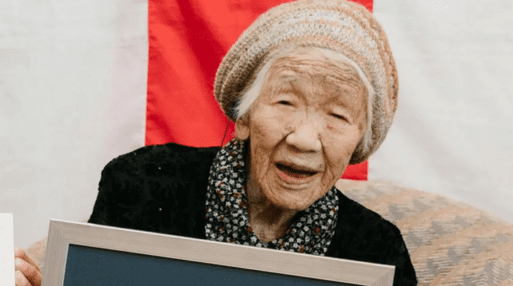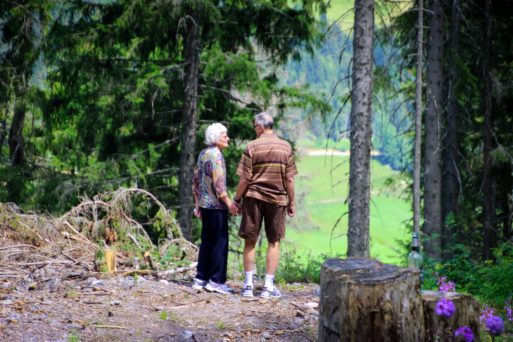
The world’s oldest person, Kane Tanaka, relinquished her title in April. Credit:guinessworldrecords.com
For the past three years, Japan’s Kane Tanaka held the title of the world’s oldest person. In early April, she became widely recognized as the second longest-lived person in known history, after Jeanne Calment, a French woman who reportedly died in 1997 at 122 (though this claim has been disputed). Tanaka had hoped to live to 120, but died on April 19 at the age of 119.
While Tanaka’s longevity was especially notable, Japan has been increasingly recognized for its lengthy roster of centenarians. Last September, The Japan Times reported that the health ministry listed more than 86,000 nationwide, 88% of them women. The numbers represented an increase for the 51st consecutive year, the paper reported.

More individuals around the world are living to be over 100.
Life expectancy is on the rise worldwide, with the United Nations predicting that the number of centenarians will reach 3.7 million in 2050, which is an eight-fold increase from 2015. The proportion of those with 100-plus years is also growing in relation to the general population, and is projected to reach 23.6 per 10,000 by 2050, which is triple the 7.4 per 10,000 in 2015. Researchers have identified five “blue zones” — places around the globe with the highest life expectancy — to be specific regions of Italy, Japan, Costa Rica, the U.S. and Greece.
In the U.S., the majority of centenarians are white, female, living with others, and located in urban areas in the northeast or Midwest. An American, Sarah Knauss, was the second longest-lived person prior to Tanaka, and died in 1999 at 119.
The growing number of centenarians is typically attributed to advances in medicine, as well as improved health awareness. According to NPR, Tanaka — who was known for her love of chocolates and soda — said that family, sleep, hope and faith contributed to her long life.

 The World’s Oldest Person Has Died at 119
The World’s Oldest Person Has Died at 119




 Composting Bodies Is Now Legal in a Dozen States
Composting Bodies Is Now Legal in a Dozen States














